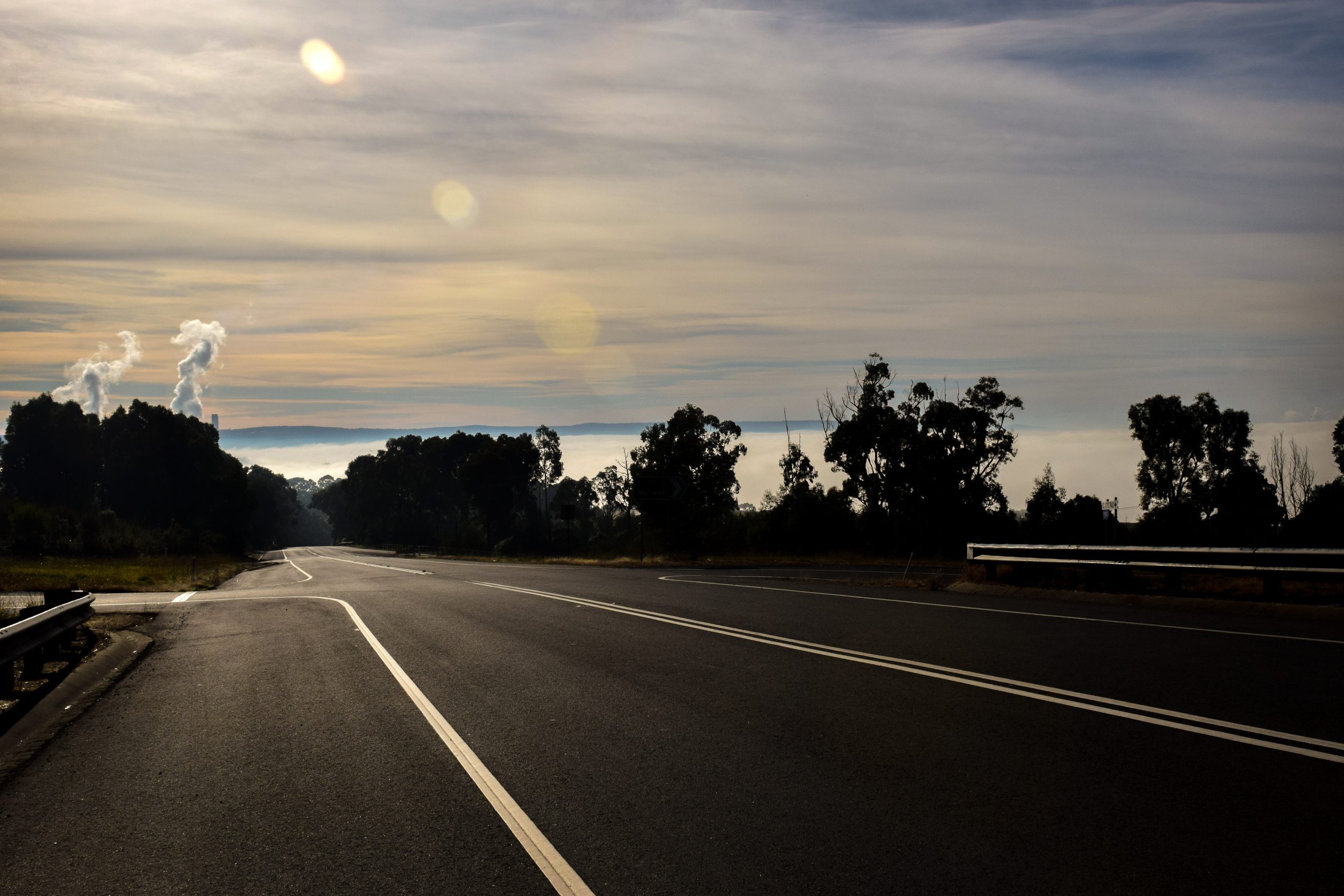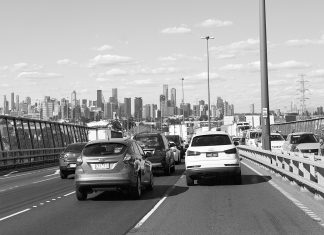Kate Withers
Ever checked the weather and wondered how the powers that be gauge the “feels like” temperature?
Well the Bureau of Meteorology has shed some light on the often pondered question.
“People often comment that it’s a lot hotter or a lot colder than what the temperature or the observation is telling them,” Bureau of Meteorology senior forecaster Jenny Sturrock said.
“So the bureau forecasts a ‘feels like’ temperature to help people get a better understanding of how they’re going to feel when they get out there in the outdoors.”
The actual temperature is a recorded from a thermometer inside an instrument shelter, known as a Stevenson screen.
The “feels like” reading, or apparent temperature as it is also known, is carefully calculated and takes into consideration a number of environmental factors.
“The ‘feels like’ temperature, that’s calculated, to give people an understanding of how the average adult would feel dressed for the season in the outdoors,” Ms Sturrock said.
“As well as the actual air temperature the ‘feels like’ temperature takes into account humidity and wind, and it’s these key factors that change the way you experience the air temperature around you.”
But when wind is a factor, we feel colder, and this is known as wind chill.
“So for example, if you’re about to head outdoors you check the temperature forecast and it says 22 degrees, so you decide to leave the jumper at home,” Ms Sturrock said.
“Then when you head outdoors you feel it’s a lot chillier than 22 degrees – the reason this occurs is that we all have a thin warm layer of air around our body, and the wind comes along and it strips away that layer, leaving our skin exposed so we feel colder.”
The opposite can also occur during warmer weather when it comes to the apparent temperature.
“On the other hand, when humidity is the factor it can often feel a lot warmer, and this is often the case in the tropics … the temperature could reach 29 but it feels like a very warm 38” Ms Sturrock said.
“Usually when we’re hot we sweat, and that sweat evaporates off our skin cooling us down, and this progress is known as evaporative cooling.
“When the air is humid there’s a lot of moisture already in the air, and that evaporative cooling process is significantly reduced, and this keeps the heat and the sweat really close to our bodies, preventing us from cooling down, so that makes us feel hotter than what the temperature reading is.”











